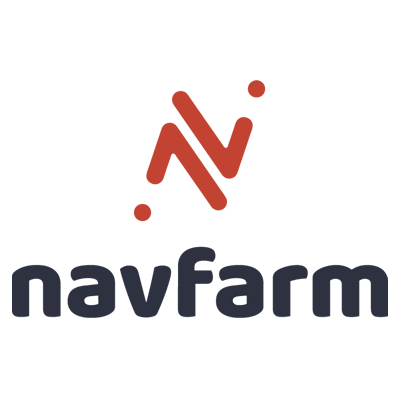
Efficient farm management starts with understanding the cost behind every harvest. For a farmer, knowing the exact cost of production per crop is essential to determine profitability, pricing, and future planning. But how is this cost calculated? Let’s break it down in simple terms.
1. Understanding Cost of Production
The cost of harvest refers to the total expenses incurred from the time of land preparation to the point when the crops are harvested and ready for market. This includes both direct and indirect costs.
2. Major Components of Harvest Cost
- Input Costs: These are the primary and most visible expenses:
- Seeds: Cost of quality seeds or seedlings.
- Fertilizers & Pesticides: Used to improve yield and protect crops.
- Irrigation: Water usage, equipment, and electricity.
- Labour Costs:
- Field Preparation: Ploughing, leveling, etc.
- Sowing & Transplanting
- Weeding & Maintenance
- Harvesting: Manual or mechanical labour.
- Machinery & Equipment
- Fuel & Maintenance of tractors, harvesters, and tools.
- Hiring Charges if the machinery is rented.
- Post-Harvest Handling
- Storage: Warehousing or cold storage costs.
- Transport: Moving the produce to markets or mandis.
- Processing: Cleaning, grading, or packaging.
- Land Costs
- If land is owned, depreciation or maintenance is considered.
- If rented, the lease amount is included.
- Overhead Expenses
- Farm Management Software like Navfarm
- Administrative Costs
- Loan Interest & Insurance
3. Calculating Cost per Unit
Once all expenses are recorded, the farmer can calculate cost per kg, quintal, or ton using this formula:
Cost per Unit = Total Cost of Production / Total Yield
Example:
If total cost is ₹2,00,000 and the total harvest is 10,000 kg, then:
Cost per kg = ₹2,00,000 ÷ 10,000 = ₹20/kg
4. Why Accurate Costing Matters?
- Helps in fixing the right selling price
- Determines the profit margin
- Supports loan applications and insurance
- Aids in data-driven decision-making
5. Role of Technology in Cost Tracking
Modern tools like Navfarm simplify the process. Farmers can:
- Record every expense in real-time
- Analyze cost trends across seasons
- Track harvest vs cost performance
- Generate reports for better planning
Conclusion
Cost calculation is not just math—it’s the backbone of sustainable farming. With rising input costs and market uncertainties, farmers must track and analyze their production costs carefully. Tools like Navfarm empower farmers to make informed decisions, optimize costs, and ultimately increase profitability.
Explore how Navfarm can optimize your assets today. Let’s grow together.
To know more about Navfarm, click below:
